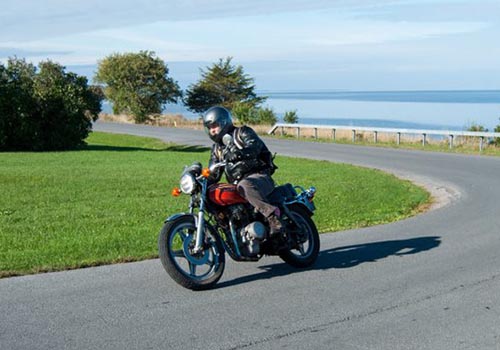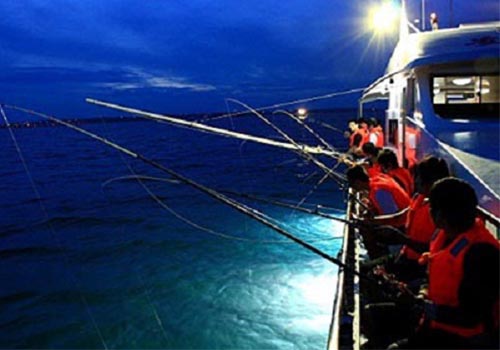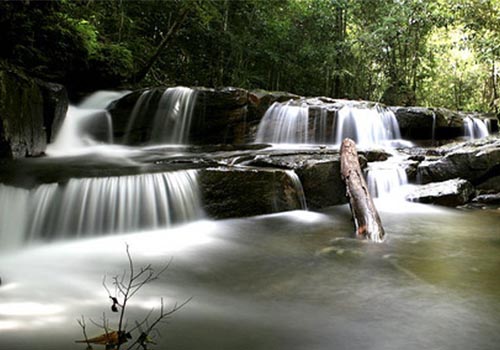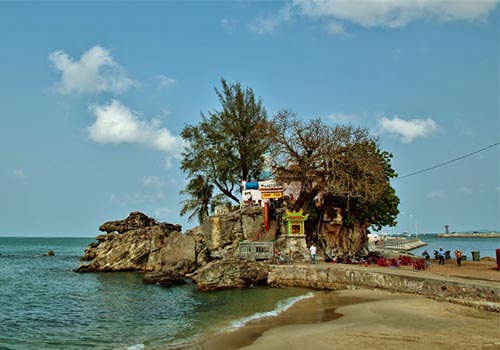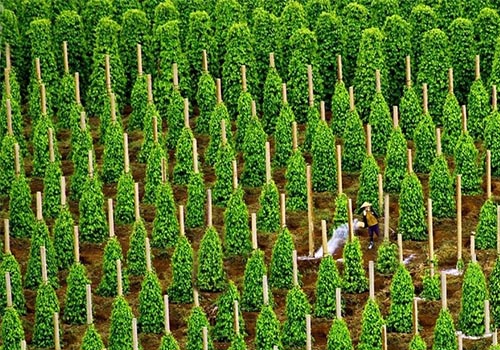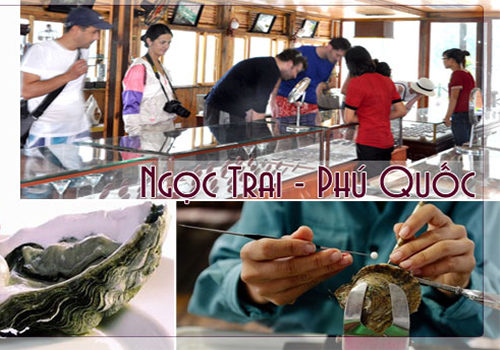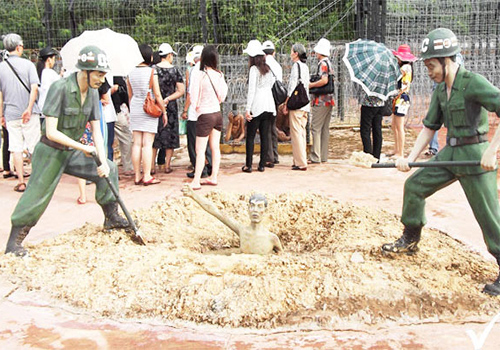
Phu Quoc National park covers more than 50% of the island so it is definitely worth considering a visit, especially if you would like to escape the heat of the daytime sun, a walk along a park trail or motorbike ride on one of roads in the north will give you a taste of this natural environment on Phu Quoc.
BACKGROUND AND PARK AREA
Phu Quoc National Park was established by the Vietnamese Government in 2001 after upgrading the previous Natural Protection Area and Nature Reserve to include an area of 31,422 hectares, which includes 8603 hectares of strictly protected area, 22,603 hectares of biological restoration area and 33 hectares for administration and services. An additional 6,144 hectares is dedicated to a land-buffer zone and around 20,000 hectares of sea-buffer zone, though the final Marine protection zones are yet to be declared.
LOCATION AND TOPOGRAPHY
The National Park is mostly located across the North of the island with the northerly and eastern boundaries following stretches of the coastline, except for the northerly villages of Gành Dầu and Rach Vem and Cửa Cạn. The park is situated within the boundaries of the following communes: Gành Dầu, Bãi Thơm, Cửa Cạn and in part of the Communes of Cửa Dương, Hàm Ninh, Dương Tơ, and Duong Dong Township.
The highest point in the national park is Mount Chua at 603m, with plans in future for a walking trail to a look out from this point. The national park contains a number of seasonal streams, with the most sizable being the Rach Cua Can river, which flows into the gulf of Thailand on the West Coast of the island just north of Cua Can village.
VISITING THE NATIONAL PARK
Phu Quoc National Park is not strictly defined, however until the National park is made more accessible for the needs of tourism, the following options are available for visitors keen to explore what is on offer;
– Hire motorbike on your own and explore the northerly parts of the island. The best areas and most forested parts can be found on the road toward Ganh Dau. To get there, take the road from Duong Dong towards Bai Thom and turn off toward Ganh Dau, the National park becomes more apparent the closer you get to Ganh Dau Village.
– Walking Trails are limited, though for a great way to experience the national park there is a good walking trail 5kms before Ganh Dau, where the going is relatively easy and trail wide enough to take in the surrounding environment. The walk is a particularly pleasant way to escape the heat, as the vegetation provides cover from the heat of the sun. Take the same road mentioned previously towards Ganh Dau and 100m after the 5km Ganh Dau road marker on the left hand side you’ll find an opening in the national park with a clearly defined walking trail which continues for a couple of kilometers. Note, besides the 5km Ganh Dau marker, the actual trail is not sign posted.
– If you’d like to experience the National Park along with other sites, you might consider booking a tour through one of the many tour operators on the island, or enquire with your hotel.
FLORA AND FAUNA
Located on an island with mixed terrestrial and coastal climates, Phu Quoc National Park contains many forest types and landscapes including mangroves and wet lands, sparse forested areas, coastal vegetation and forest on rocky mountains. Studies by the Vietnam-Russia Tropical Center in 2005 recorded 1,164 higher plant species, including 23 orchid species and 12 rare plant species including the globally endangered Paphiopedilum callosum which was recently found in the park (www.wildlifeatrisk.org).
A total of 208 animal species were recorded in the National Park, including 28 mammals, 119 birds, 47 reptiles and 14 amphibians. Of these animal species, 6 mammal, 4 bird and 9 reptile species are globally endangered. The rare species include lorises, the long-tailed macaque, silver langur, otter, and hornbill.
THE FUTURE OF PHU QUOC’S NATIONAL PARK
The national park is well recognised for it’s bio diversity and potential in future to attract tourism given the large portion of the island which is dedicated as national park area.
In recent years, local and Vietnamese authorities have made efforts to manage the National Park in a move towards protecting the environment and the ecosystems on the island. While some harmful activities still take place like hunting and trapping of animal, illegal logging, and land clearing, authorities are improving their surveillance and have greater powers in protecting the area. Additionally there is increasing community involvement and education taking place, informing local residents in the environmental value of the national park and in ways to protect the ecosystems.
SATEFY TIPS WHILE WALKING AND TREKKING
– Always plan your trip carefully in advance.
– Leave written details of your route and expected time of return with a responsible person.
– Take your time; set a pace that the slowest member of your party can handle.
– Make sure you have plenty of water, and that you know where fresh water is available along your track.
– Always carry a well-equipped first aid kit.
– Never light a fire on a day of Total Fire Ban.


 VIỆT NAM
VIỆT NAM
